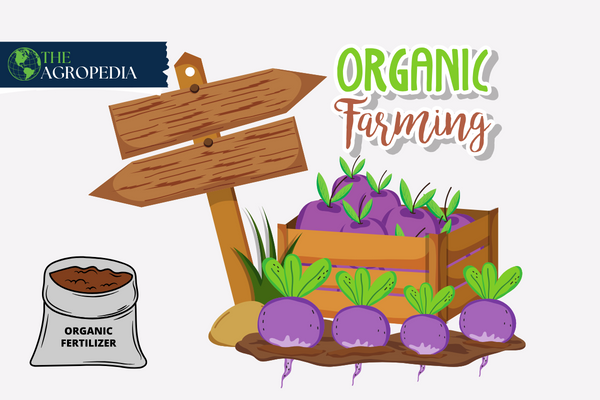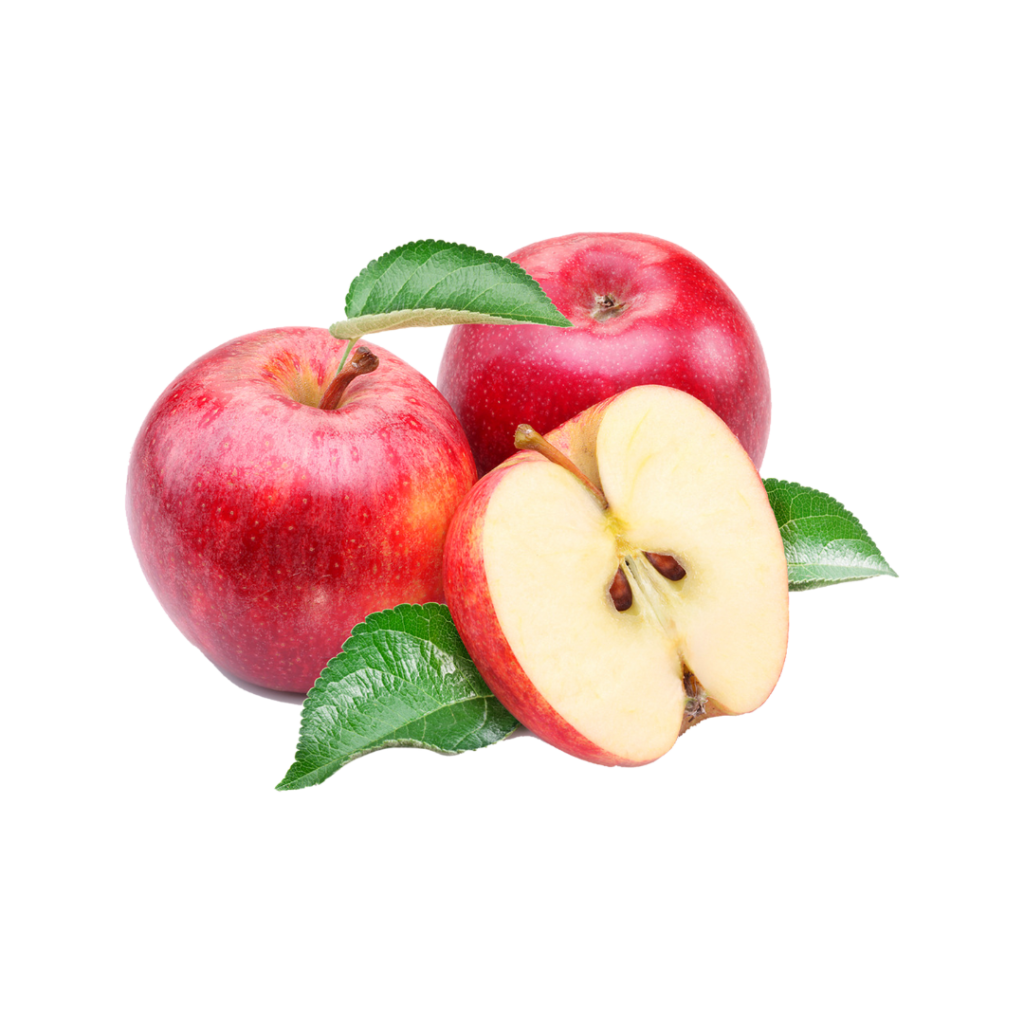Table of Contents
Definitions and Interpretations of Organic Farming
FOAM's Perspective
- According to the International Federation of Organic Agriculture Movements (IFOAM), organic farming is a production approach that nurtures the well-being of soils, ecosystems, and people.
- It emphasizes ecological processes, biodiversity, and locally adapted cycles, avoiding inputs that may adversely impact the environment.
- This holistic approach combines traditional wisdom, innovation, and scientific knowledge to promote a sustainable environment and equitable relationships for all stakeholders involved. (Reference: IFOAM, 2022)
U.S. National Organic Standards Board's View
- The National Organic Standards Board of the United States defines organic farming as an ecological production management system that fosters biodiversity, biological cycles, and soil biological activity. (Reference: USDA, 2020)
USDA Study Team's Interpretation
- According to a USDA study team, organic farming largely avoids or excludes the use of synthetic inputs like fertilizers, pesticides, hormones, and feed additives.
- Instead, it relies on crop rotations, crop residues, animal manures, off-farm organic waste, mineral-grade rock additives, and biological systems for nutrient mobilization and plant protection to the maximum extent possible. (Reference: USDA, 2015)
FAO's Perspective
- The Food and Agriculture Organization (FAO) considers organic agriculture a unique production management system that promotes and enhances agro-ecosystem health, including biodiversity, biological cycles, and soil biological activity.
- This is accomplished by employing on-farm agronomic, biological, and mechanical methods, while excluding all synthetic off-farm inputs. (Reference: FAO, 2018)

Concept of Organic Farming
- Nature as the Best Role Model: Organic farming is based on the concept that nature is the best role model for farming, as it does not use any inputs or demand unreasonable quantities of water.
- Understanding Nature’s Ways: The entire system is based on an intimate understanding of nature’s ways and does not believe in mining the soil of its nutrients or degrading it in any way for today’s needs.
- Soil as a Living Entity: The soil in this system is considered a living entity, and its living population of microbes and other organisms are significant contributors to its fertility on a sustained basis and must be protected and nurtured at all costs.
- Building Biological Soil Fertility: Organic farming concentrates on building up the biological fertility of the soil so that crops can take the nutrients they need from the steady turnover within the soil, and these nutrients are released in harmony with the needs of the plants.
- Importance of Soil Environment: The total environment of the soil, from soil structure to soil cover, is more important than individual components.
- Pest, Disease, and Weed Control: Control of pests, diseases, and weeds is achieved largely by developing an ecological balance within the system and by using bio-pesticides and various cultural techniques such as crop rotation, mixed cropping, and cultivation.
- Recycling of Wastes and Manures: Organic farmers recycle all wastes and manures within the farm, but the export of products from the farm results in a steady drain of nutrients.
- Enhancing the Environment: Organic farming aims to enhance the environment in such a way that wildlife flourishes.
Objectives of Organic Farming
- Production of High-Quality Products: To produce high-quality food, fiber, and other products in sufficient quantity in harmony with natural systems and cycles
- Enhancing Biological/Natural Cycles: To optimize the biological and natural cycles within the farming system, it is important to promote the interactions and processes involving microorganisms, soil flora and fauna, plants, and animals throughout the entire production system.
- Recognizing Social and Ecological Impact: To recognize the wider social and ecological impact of, and within, the organic production and processing system.
- Maintaining and Encouraging Biodiversity: To maintain and encourage agricultural and natural biodiversity on the farm and surroundings through the use of sustainable production systems and the protection of plant and wildlife habitats.
- Maintaining and Increasing Soil Fertility: To maintain and increase long-term fertility and biological activity of soils using locally adopted cultural, biological, and mechanical methods, as opposed to reliance on external inputs.
- Maintaining Genetic Diversity: To maintain and conserve genetic diversity through attention to on-farm management of genetic resources.
- Using Renewable Resources and Avoiding Pollution: To use, as far as possible, renewable resources in production and processing systems and avoid pollution and waste.
- Promoting Healthy Use of Water Resources: To promote healthy use with proper care of water resources and all life therein.
- Utilizing Biodegradable Packaging: To utilize biodegradable, recyclable, and recycled packaging materials.
- Balancing Crop Production and Animal Husbandry: To create a harmonious balance between crop production and animal husbandry.
- Minimizing Pollution: To minimize all forms of pollution.
- Providing Quality of Life: To provide everyone involved in organic farming and processing with a quality of life that satisfies their basic needs, within a safe, secure, and healthy working environment.
- Supporting Responsible Production and Distribution Chain: To support the establishment of an entire production, processing, and distribution chain that is both socially and ecologically responsible.
- Recognizing Indigenous Knowledge: To recognize the importance of, and protect and learn from, indigenous knowledge and traditional farming systems.
Objectives of Organic Farming
Principle of Health
- Organic agriculture should sustain and enhance the health of soil, plants, animals, humans, and the planet as one and indivisible.
- The health of individuals and communities cannot be separated from the health of ecosystems – healthy soils produce healthy crops that foster the health of animals and people.
- Health is the wholeness and integrity of living systems, not simply the absence of illness, but the maintenance of physical, mental, social, and ecological well-being.
Principle of Ecology
- Organic agriculture should be based on living ecological systems and cycles, work with them, emulate them, and help sustain them.
- Production is to be based on ecological processes and recycling, nourishment, and well-being achieved through the ecology of the specific production environment (e.g., living soil for crops, farm ecosystem for animals, aquatic environment for fish and marine organisms).
Principle of Fairness
- Organic agriculture should build on relationships that ensure fairness with regard to the common environment and life opportunities.
- Fairness is characterized by equity, respect, justice, and stewardship of the shared world, both among people and in their relations to other living beings.
- Those involved in organic agriculture should conduct human relationships in a manner that ensures fairness at all levels and to all parties – farmers, workers, processors, distributors, traders, and consumers.
Principle of Care
- Organic agriculture should be managed in a precautionary and responsible manner to protect the health and well-being of current and future generations and the environment.
- Organic agriculture is a living and dynamic system that responds to internal and external demands and conditions.
- Practitioners can enhance efficiency and increase productivity, but not at the risk of jeopardizing health and well-being.
Global Scenario and India's Position
World Status
- Australia has the largest area under organic agriculture (12.29 million hectares), while Italy has the highest percentage (9%) of total agricultural land under organic farming.
- Germany has the highest number of organic farms (17,557) globally.
- India ranks 14th in the world, with 528,171 hectares (0.3% of total agricultural land) under organic agriculture and 44,926 certified organic farms.
- Asian countries collectively account for only 7% of the total global organic land area, with China and India being the major contributors. (Reference: Willer et al., 2022)
Organic Farming in India
- According to the Agricultural and Processed Food Products Export Development Authority (APEDA) 2013–14 report, India ranks 10th globally in terms of cultivable land under organic certification.
- The certified organic area includes 15% cultivable area (0.72 million hectares) and 85% (3.99 million hectares) of forest and wild areas for collecting minor forest produce.
- The total area under organic certification in India is 4.72 million hectares.
- India produced around 1.24 million metric tons of certified organic products, including various food items (sugarcane, cotton, oilseeds, basmati rice, pulses, spices, tea, fruits, dry fruits, vegetables, coffee) and their value-added products.
- In addition to edible sectors, production also includes organic cotton fiber and functional food products.
- Among all states, Madhya Pradesh has the largest area under organic certification, followed by Himachal Pradesh and Rajasthan. (Reference: APEDA, 2014)
Future Prospects of Organic Farming in India
Growing Domestic Market Demand
- India is poised for faster growth in the organic sector, driven by an increasing domestic market demand for organic products.
- The success of the organic movement largely depends on the growth of domestic markets within the country.
Rich Agricultural Heritage
- India has a rich heritage of traditional agricultural practices well-suited for designing organic production systems, such as sophisticated crop rotation patterns, mixed cropping, agro-forestry systems, botanical preparations from ancient Vedic scriptures, and widespread cultivation of leguminous crops.
Low-Input Agriculture in Certain Regions
- In several regions of India, such as mountainous areas and tribal belts, the use of agro-chemicals is relatively low, facilitating the transition to organic production methods.
- On marginal soils in these regions, organic farming techniques have proven to achieve comparable or even higher yields than conventional practices, especially in humid tropical areas.
Favorable Labor Dynamics
- Compared to input costs, labor is relatively inexpensive in India, favoring the adoption of less input-dependent but more labor-intensive organic production systems, provided they can achieve sufficient yields.
Strong Non-Governmental Organization (NGO) Support
- India has a robust NGO sector with established linkages to a large number of marginal farmers.
- Many NGOs are actively engaged in promoting organic farming, providing training, extension services, information, and marketing support to farming communities. (Reference: Ramesh et al., 2010)
Goals of Organic Agriculture
- Implementing Sustainable, Ecological Management: Organic agriculture aims for sustainable practices that prioritize long-term ecological balance and harmony within the farming system.
Ensuring Natural Soil Fertility: Organic farming promotes long-term soil fertility by using organic matter and beneficial microbes.
Reducing Reliance on Synthetic Inputs: Organic agriculture uses less synthetic fertilizers, pesticides, and other chemicals to safeguard the environment and human health.
Limiting Pollution and Environmental Damage: Organic farming methods are less hazardous to ecosystems and species, reducing pollution and environmental degradation.
Rejecting Unproven and Hazardous Technologies: Organic farming emphasizes natural and proven growing methods over unproven or dangerous technologies.
Preventing Contamination from External Sources: Organic farms prevent environmental pollutants and hazardous elements from compromising organic produce.
Maintaining Organic Standards Throughout the Supply Chain: Organic products fulfill strict criteria from farm to table.
Ensuring Traceability and Organic Identity: Organic agriculture promotes traceability so consumers can confidently identify organic products’ origins and production techniques, respecting organic standards.
Benefits of Organic Agriculture
Ecological Sustainability
- Recycling nutrients instead of relying on external inputs
- Encouraging the use of renewable energy sources
- Preventing chemical contamination of soil, water, and air
- Promoting biodiversity conservation
- Reducing soil erosion and compaction
- Improving soil fertility and humus content.
Social Sustainability
- Providing safe and healthy food options
- Supporting sufficient production for subsistence and income generation for smallholder farmers
- Building upon local knowledge and traditional practices
- Promoting good working conditions for agricultural laborers
Economic Sustainability
- Promoting crop diversification to improve income security
- Enabling farmers to achieve satisfactory and reliable yields
- Encouraging the adoption of efficient farming systems to improve overall profitability and competitiveness
- Reducing reliance on and associated costs of external inputs
- Enhancing product value through quality improvement and on-farm processing
Goals of Organic Agriculture
- Implementing Sustainable, Ecological Management: Organic agriculture aims for sustainable practices that prioritize long-term ecological balance and harmony within the farming system.
Ensuring Natural Soil Fertility: Organic farming promotes long-term soil fertility by using organic matter and beneficial microbes.
Reducing Reliance on Synthetic Inputs: Organic agriculture uses less synthetic fertilizers, pesticides, and other chemicals to safeguard the environment and human health.
Limiting Pollution and Environmental Damage: Organic farming methods are less hazardous to ecosystems and species, reducing pollution and environmental degradation.
Rejecting Unproven and Hazardous Technologies: Organic farming emphasizes natural and proven growing methods over unproven or dangerous technologies.
Preventing Contamination from External Sources: Organic farms prevent environmental pollutants and hazardous elements from compromising organic produce.
Maintaining Organic Standards Throughout the Supply Chain: Organic products fulfill strict criteria from farm to table.
Ensuring Traceability and Organic Identity: Organic agriculture promotes traceability so consumers can confidently identify organic products’ origins and production techniques, respecting organic standards.
Benefits of Organic Agriculture
Ecological Sustainability
- Recycling nutrients instead of relying on external inputs
- Encouraging the use of renewable energy sources
- Preventing chemical contamination of soil, water, and air
- Promoting biodiversity conservation
- Reducing soil erosion and compaction
- Improving soil fertility and humus content.
Social Sustainability
- Providing safe and healthy food options
- Supporting sufficient production for subsistence and income generation for smallholder farmers
- Building upon local knowledge and traditional practices
- Promoting good working conditions for agricultural laborers


